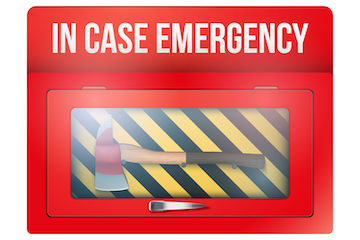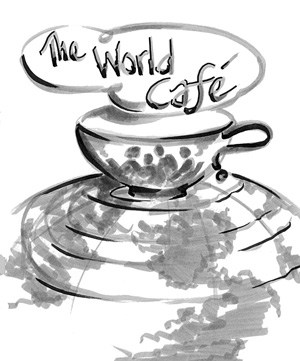 Scrum strikes a useful balance between flexibility and focus. In sprint planning, the product owner presents the most important objectives to the development team. The development team commits to as many of those as they believe they can deliver in the sprint. Once sprint planning is over, the business doesn’t change their mind about what they want. The development team is able to focus on delivering the product backlog items to which they committed. At the beginning of the next sprint, the business has another opportunity to change direction in any way they need to.
Scrum strikes a useful balance between flexibility and focus. In sprint planning, the product owner presents the most important objectives to the development team. The development team commits to as many of those as they believe they can deliver in the sprint. Once sprint planning is over, the business doesn’t change their mind about what they want. The development team is able to focus on delivering the product backlog items to which they committed. At the beginning of the next sprint, the business has another opportunity to change direction in any way they need to.
Every so often something comes up that can’t wait until the next sprint cycle. This could be a problem that has arisen, such as customers not being able to log in. It could be a business emergency such as needing a feature rushed into production in order to land a new client. Such unplanned work is the subject of something that I call “the emergency protocol.” The emergency protocol isn’t an official part of scrum, but it’s a useful addition that many organizations choose to adopt.
Read the full article…

 I recently facilitated a software development group’s transition from component scrum teams to feature scrum teams. The new structure reduces cross-team dependencies, which had been causing significant delays in shipping new features. Over the course of a day, we dissolved the existing component teams, refined a shared product backlog, created a shared definition of done, self-organized into new teams, and held
I recently facilitated a software development group’s transition from component scrum teams to feature scrum teams. The new structure reduces cross-team dependencies, which had been causing significant delays in shipping new features. Over the course of a day, we dissolved the existing component teams, refined a shared product backlog, created a shared definition of done, self-organized into new teams, and held 


